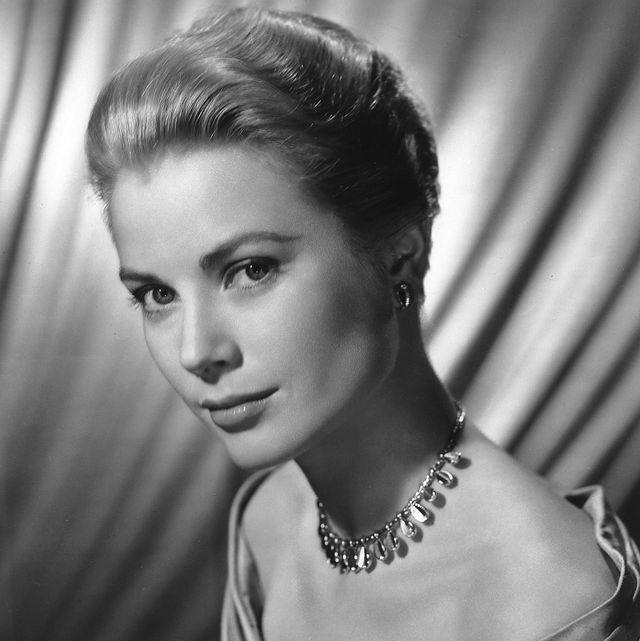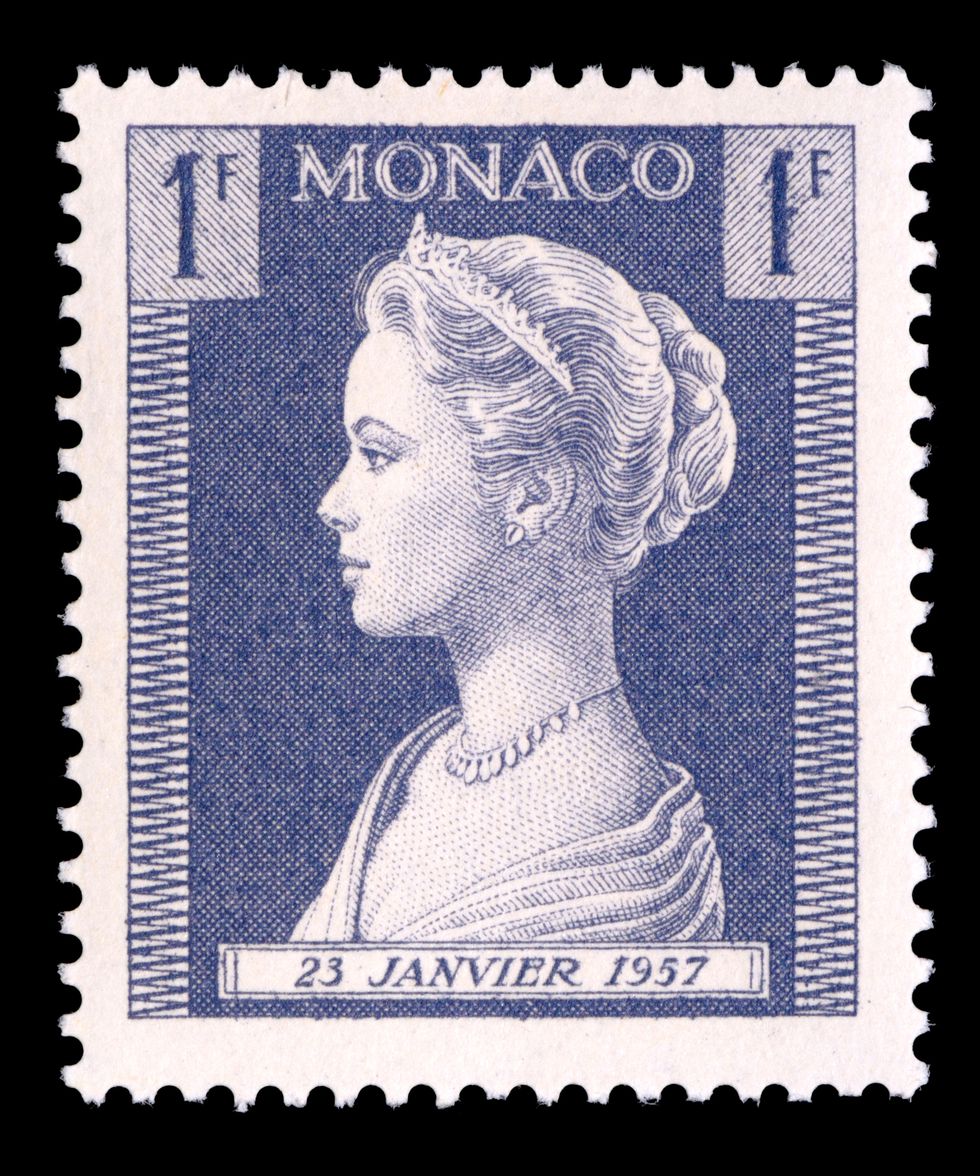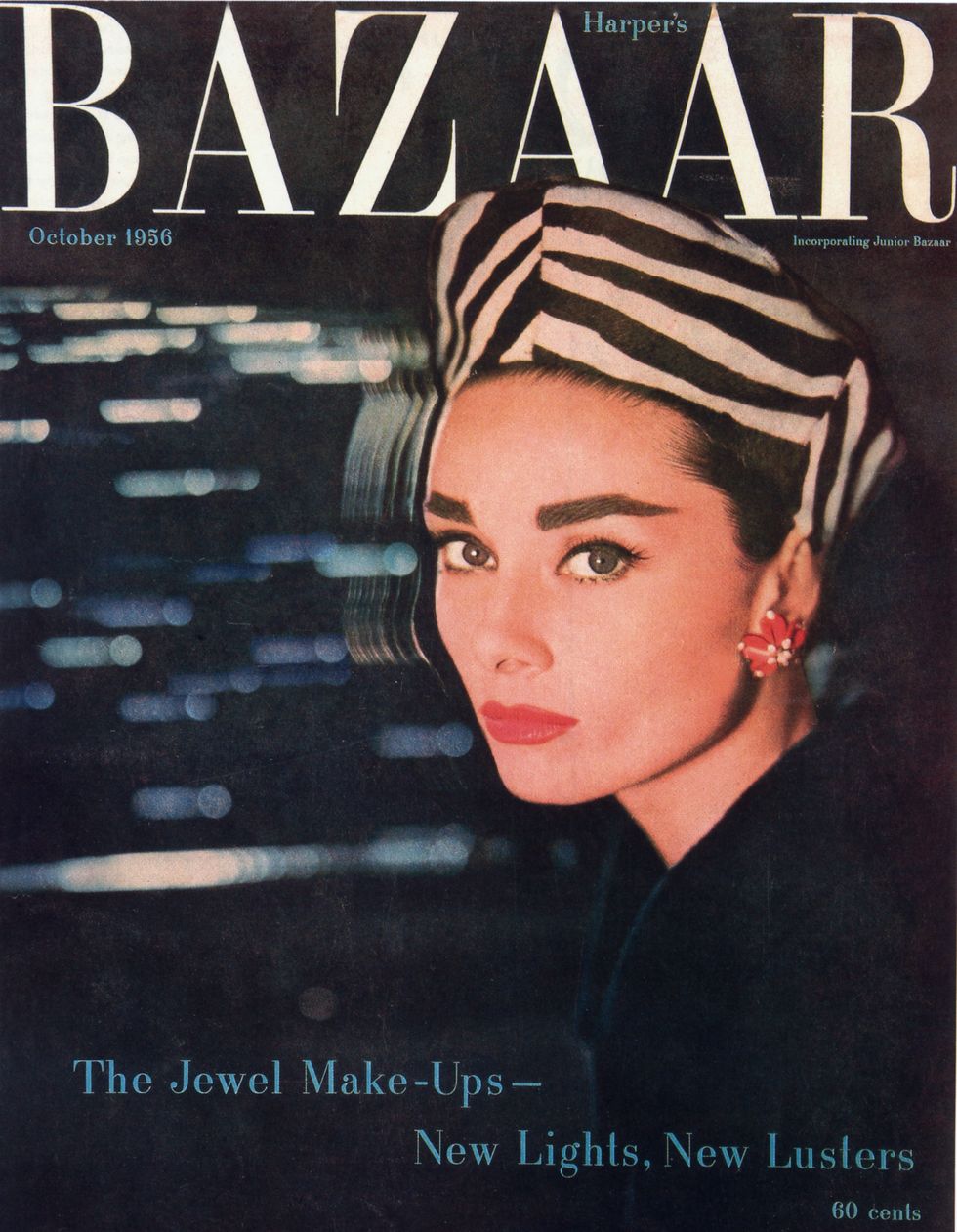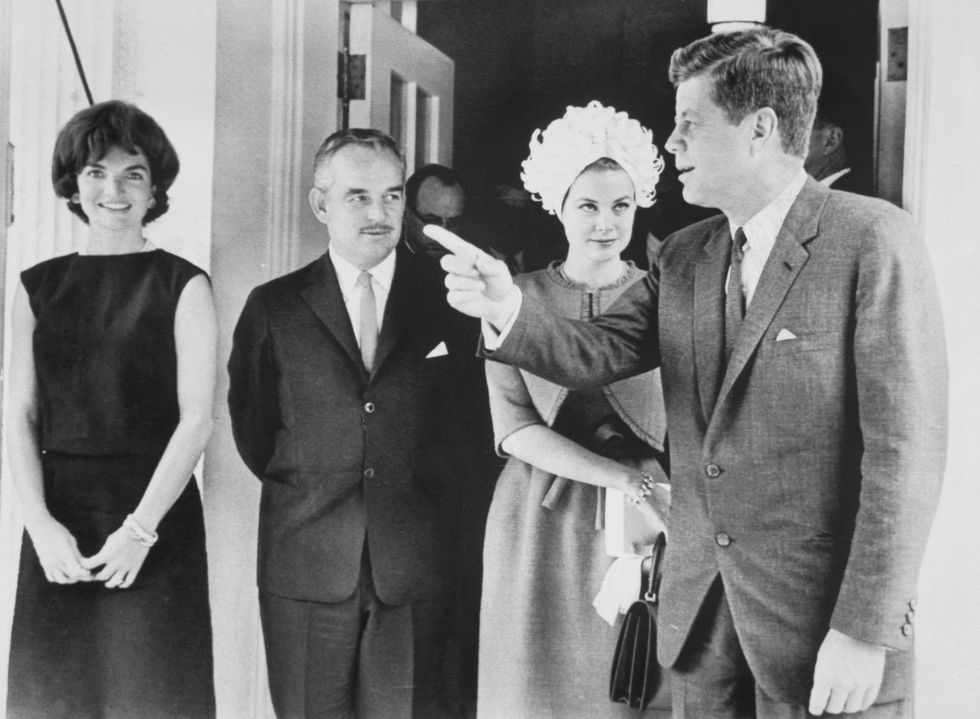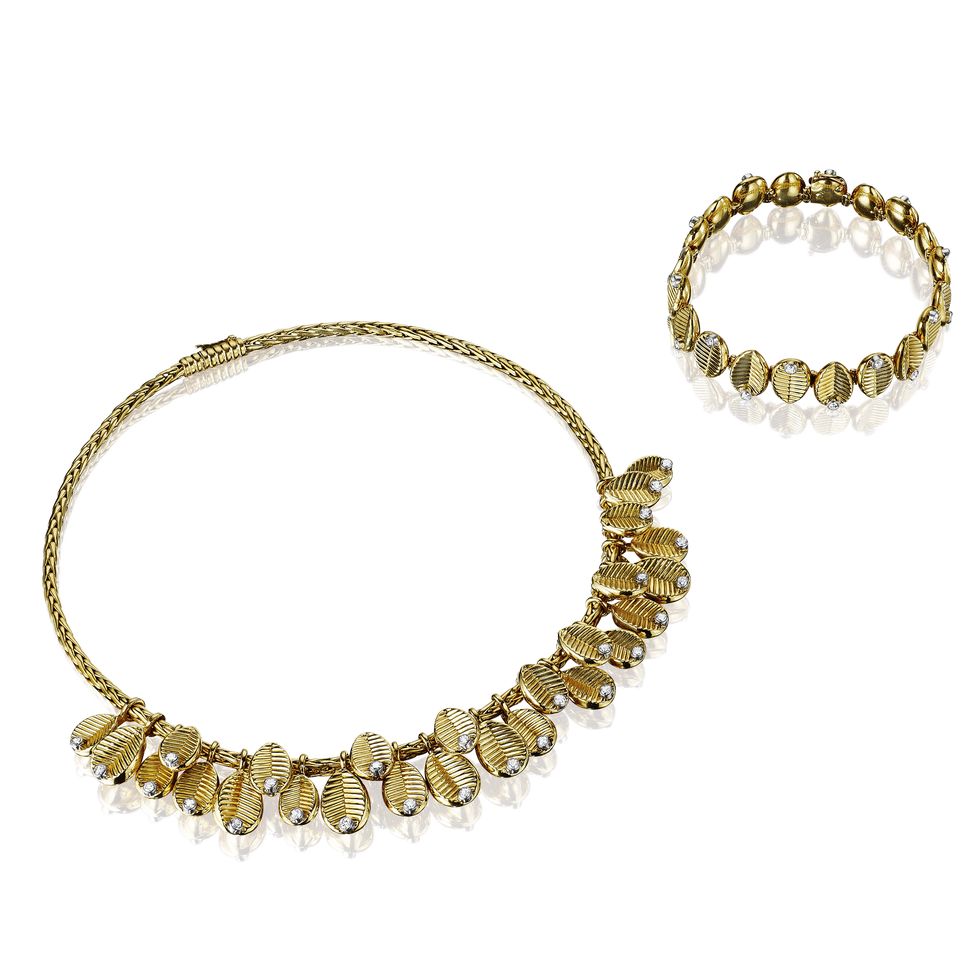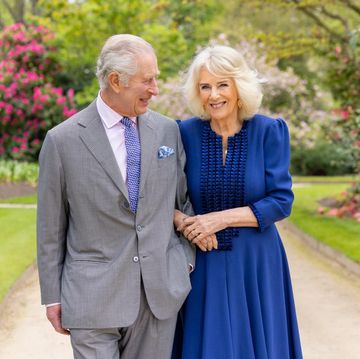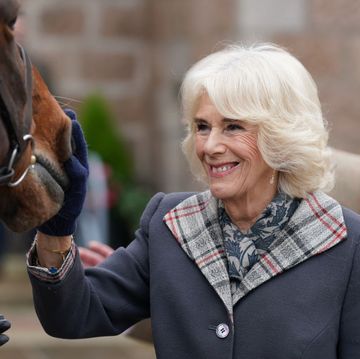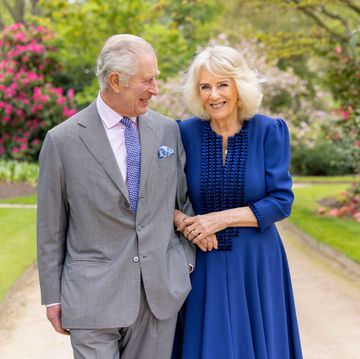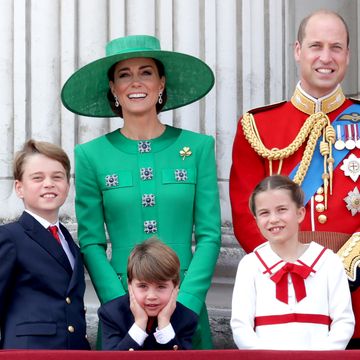Would you like to look like Grace Kelly on a postage stamp or Audrey Hepburn on the cover of Harper's Bazaar? I’m going to assume the answer is yes and move on to the "How-To" portion of this exercise. In both scenarios, the two women wore pieces from the Cartier grain de cafe collections. Even with minimal knowledge of the French language you might suspect that this design has something to do with coffee. And if you google “Cartier coffee bean necklace” you will see that your suspicions are correct.
The grain de cafe style was said to have been inspired by the legendary café culture of Paris in the 1930s, though the jewelry became most popular in the early 1950s. Grace Kelly became Princess Grace in 1956, and wore the set on the official stamp of Monaco after the birth of her daughter Princess Caroline (who has been photographed wearing her mother’s necklace as recently as 2016).
Princess Grace also wore the necklace for an official visit to the Kennedy White House in 1961. There she is in a bright green suit and white hat full of flourish at the airport, the gold Cartier necklace just peeking through. And there again with Prince Rainier and President and Mrs. Kennedy for the luncheon at the White House.
Many focused on where President Kennedy’s eyes were that day. Rumors abounded that the event had been changed from a black tie dinner to a brief luncheon because Mrs. Kennedy was aware of a one-time romance between the princess and the president. If I had been there I would have been more interested in Princess Grace’s necklace. But maybe that’s just me.
The Cartier grain de café style was created under the direction of the legendary Jeanne Toussaint, Cartier's creative director of jewelry from 1933 until the 1970s. They might have called her La Panthere—she was fierce in talent, vision, and spirit, and also had a penchant for animal print coats and rugs—but she also was the vision behind the house’s iconic chimera and Panther designs.
Toussaint was a part of the café culture of Paris herself, known for her turbans and silk pajamas and ropes of pearls, so it’s not surprising that she would create a design that reflected it.
"The beans,” says third generation vintage jewelry dealer Lee Siegelson, whose family firm is celebrating its centennial this year, “were usually created in gold, and sometimes coral, occasionally accented with a diamond. The Cartier café design featured an unusual ribbing, chosen to give the gold additional texture. There were bracelets, earrings, brooches, and short collar necklaces made with the motif, a clever take on the popularity of floral jewels in the 1950s.”
The yellow gold was characteristic of the era. Platinum was declared a strategic material in World War II, so jewelers who had been working primarily in platinum (especially during the Art Deco period) shifted away from using it. The grain de cafe design does appear occasionally at auction and two recent offerings have beaten estimates.
Siegelson recently acquired a grain de café suite, owned by the wife and daughter of Baron Édouard de Rothschild, the influential head of de Rothschild Frères bank and a noted art collector and part owner of the Château Lafite Rothschild vineyard. The necklace is almost identical to one in the Cartier Collection of heritage jewels.
And let’s all keep our eyes on Princess Caroline to see if she wears Princess Grace’s original soon. Perhaps her granddaughter Charlotte Casiraghi will borrow it? It’s happened before.

Editor-in-Chief Stellene Volandes is a jewelry expert, and the author of Jeweler: Masters and Mavericks of Modern Design (Rizzoli).
